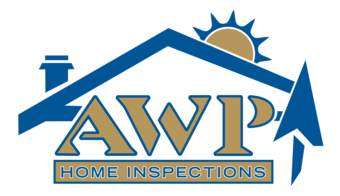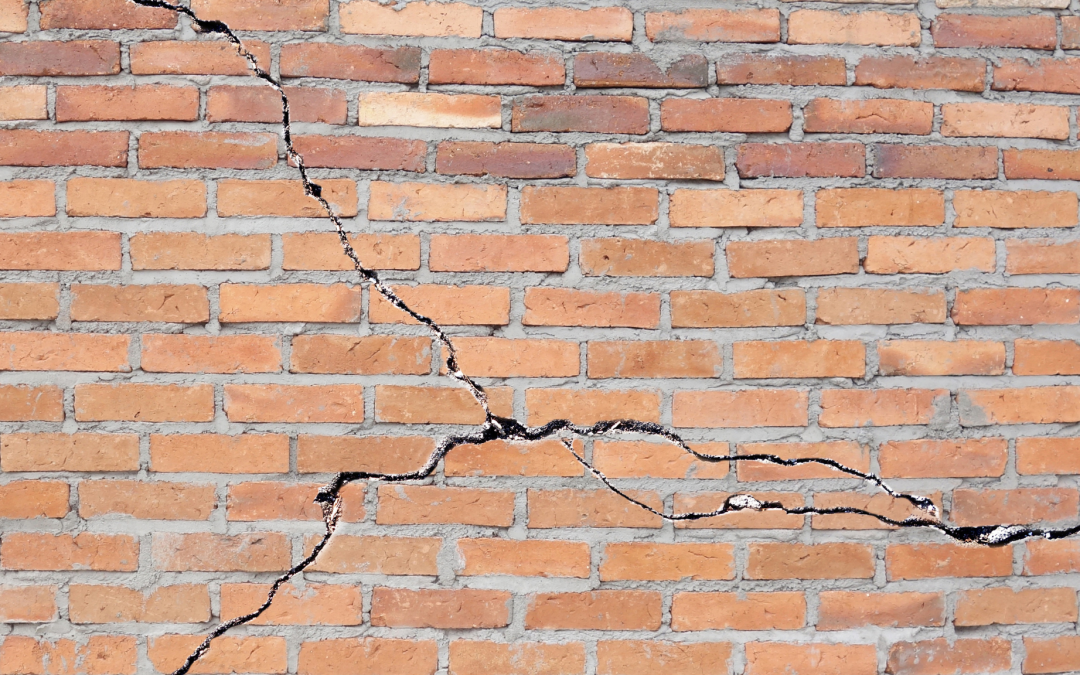Your home is more than just a roof over your head; it’s a sanctuary where you create cherished memories with your loved ones. However, like any structure, houses can face issues over time, especially concerning their foundation and structural integrity.
Ignoring these problems can lead to significant damage and costly repairs. Thus, it’s crucial to be vigilant and recognize the signs of potential structural and foundation issues early on. This blog post explores common indicators that may signal problems in your home’s foundation and structure.
Cracks in Walls and Floors
One of the most apparent signs of foundation problems is the presence of cracks in your walls, floors, or ceilings. These cracks may start small but can widen over time, indicating underlying structural issues. Horizontal cracks often signify pressure from the outside, while vertical cracks might indicate settlement or shifting of the foundation. Pay attention to the size, location, and progression of these cracks, as they can provide valuable insights into the severity of the problem.
Uneven or Sloping Floors
If you notice sloping or uneven floors when walking through your home, it could be a sign of foundation settlement. This occurs when the soil beneath the foundation compresses or shifts, causing parts of the foundation to sink or settle unevenly. In addition to affecting the aesthetic appeal of your home, uneven floors can also lead to issues with doors and windows not closing properly.
Doors and Windows Sticking
Have you noticed that doors and windows in your home are suddenly sticking or jamming, even though they used to open and close smoothly? This could be another indication of foundation movement. As the foundation shifts, it can cause the frames of doors and windows to become misaligned, resulting in difficulty when trying to open or close them.
Leaning or Bowing Walls
If you observe any walls in your home that are leaning, bulging, or bowing, it’s a cause for concern. These structural deformities often indicate significant issues with the foundation, such as soil movement, poor drainage, or hydrostatic pressure. Ignoring these signs can lead to the collapse of walls or even the entire structure in extreme cases.
Exterior Cracks and Separation
Inspecting the exterior of your home is just as important as examining the interior. Look for cracks in the foundation itself and gaps between it and the walls. Additionally, look for signs of soil erosion, such as exposed roots or soil pulling away from the foundation. These exterior indicators can provide valuable clues about the health of your home’s foundation.
Moisture or Mold Problems
Excess moisture around your home can exacerbate foundation issues. Look for signs of water damage, such as dampness, mold growth, or musty odors in basements, crawl spaces, or around the perimeter of your home. Poor drainage, plumbing leaks, or improper grading can also contribute to moisture problems and should be addressed promptly to prevent further damage to the foundation.
Conclusion
Being proactive about identifying and addressing structural and foundation problems in your home is crucial for maintaining its safety, stability, and value. If you notice any of the signs mentioned above, it’s essential to consult with a qualified structural engineer or foundation specialist to assess the situation and recommend appropriate repairs.
Investing in early detection and timely maintenance can save you significant time, money, and stress in the long run, ensuring that your home remains a safe and comfortable haven for years to come.
AWP Home Inspections offers professional home inspection services in West Central and Central Indiana. Contact us to request an appointment.

